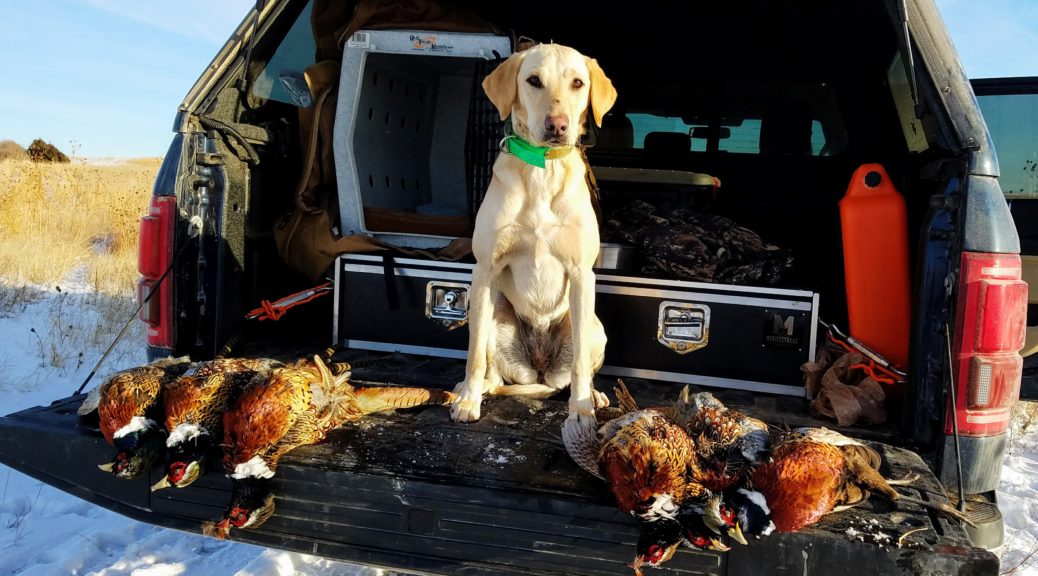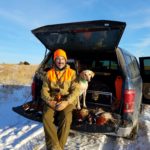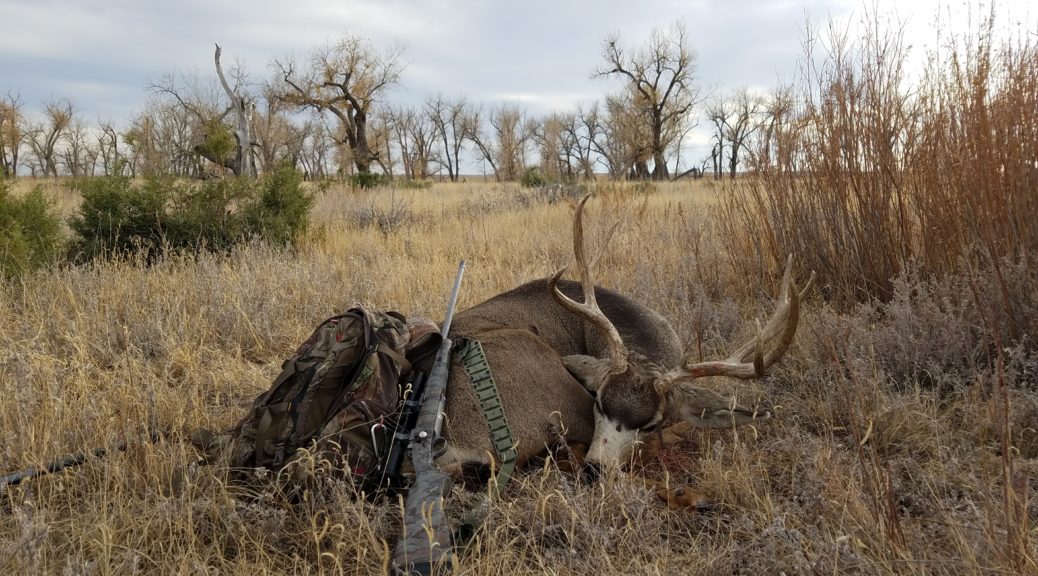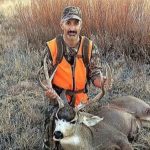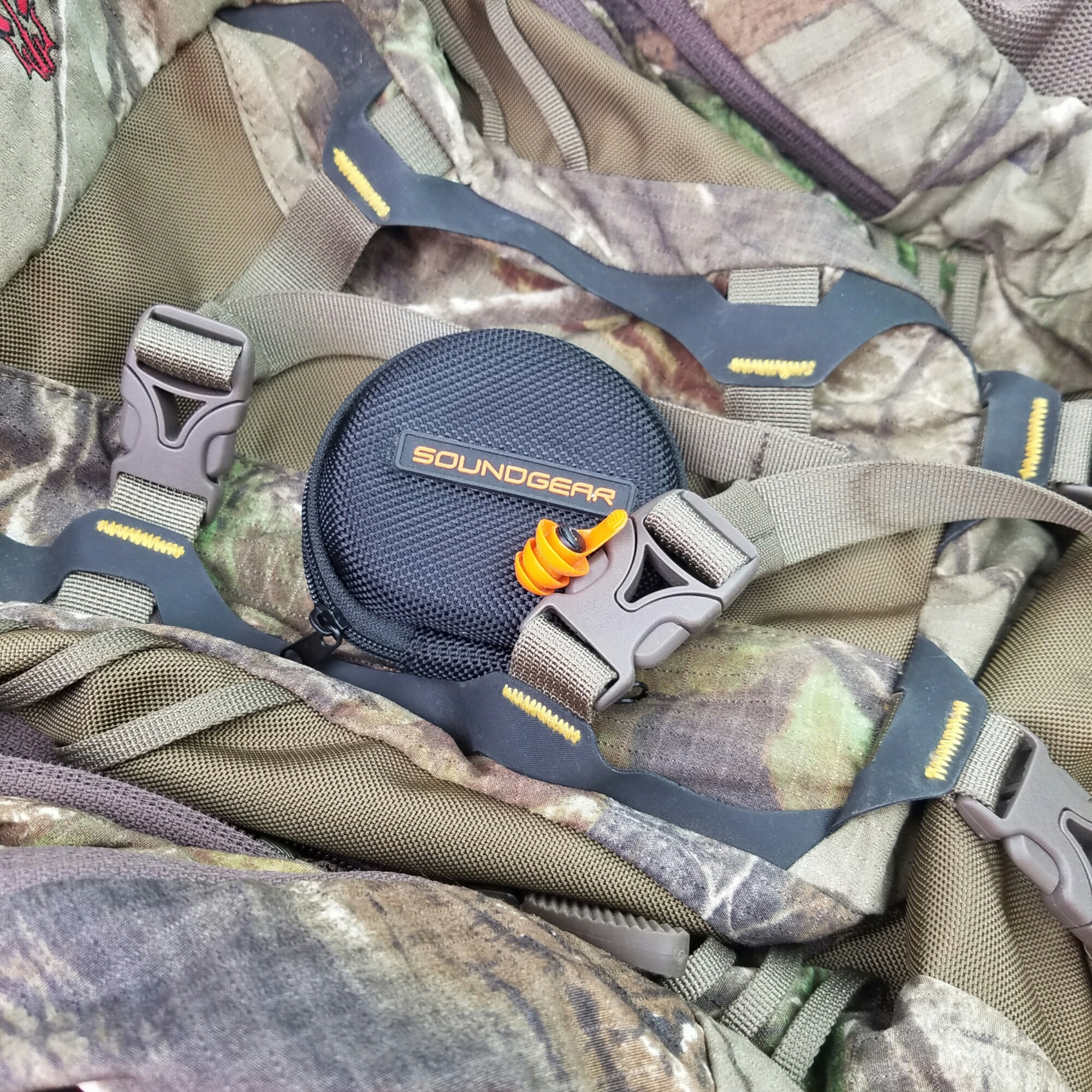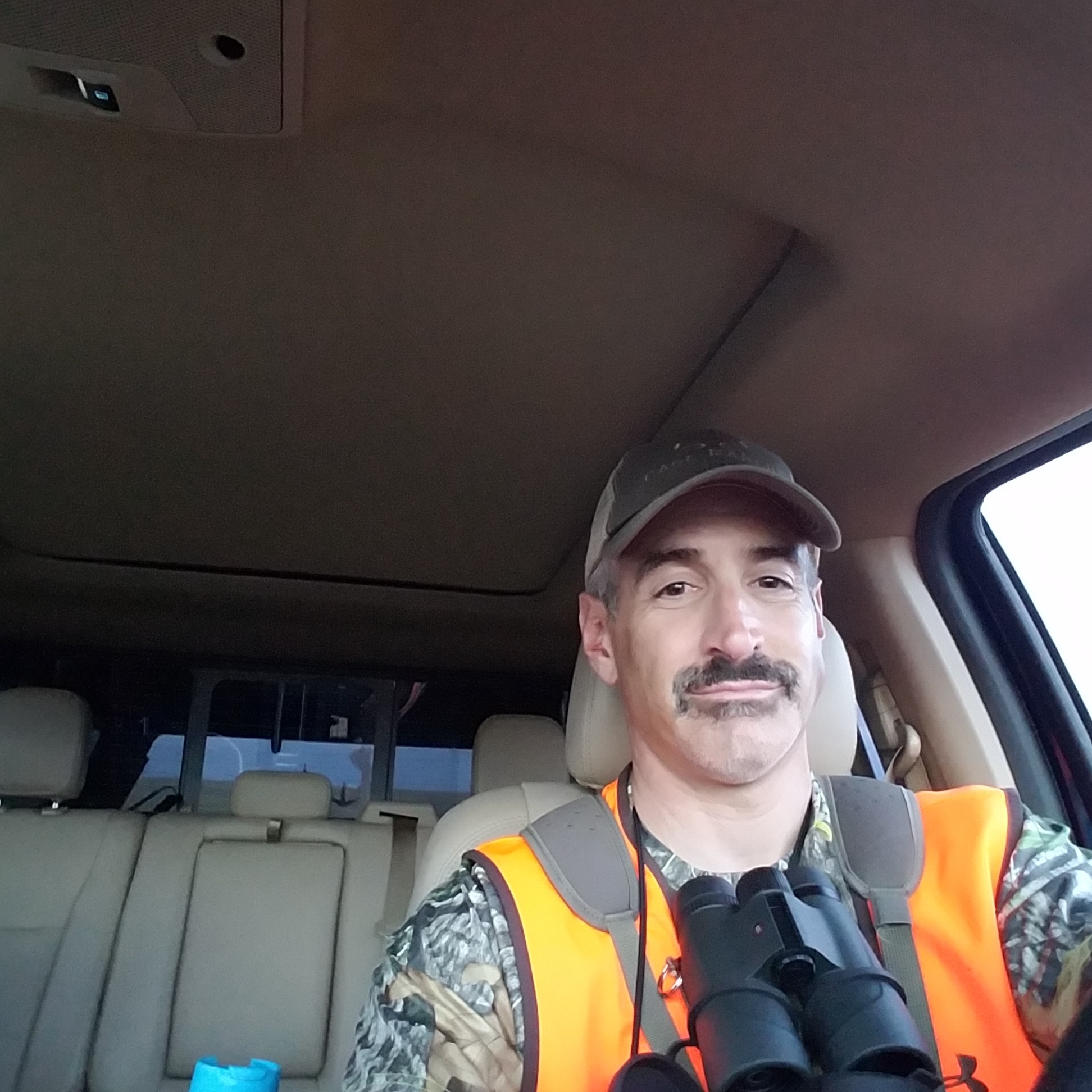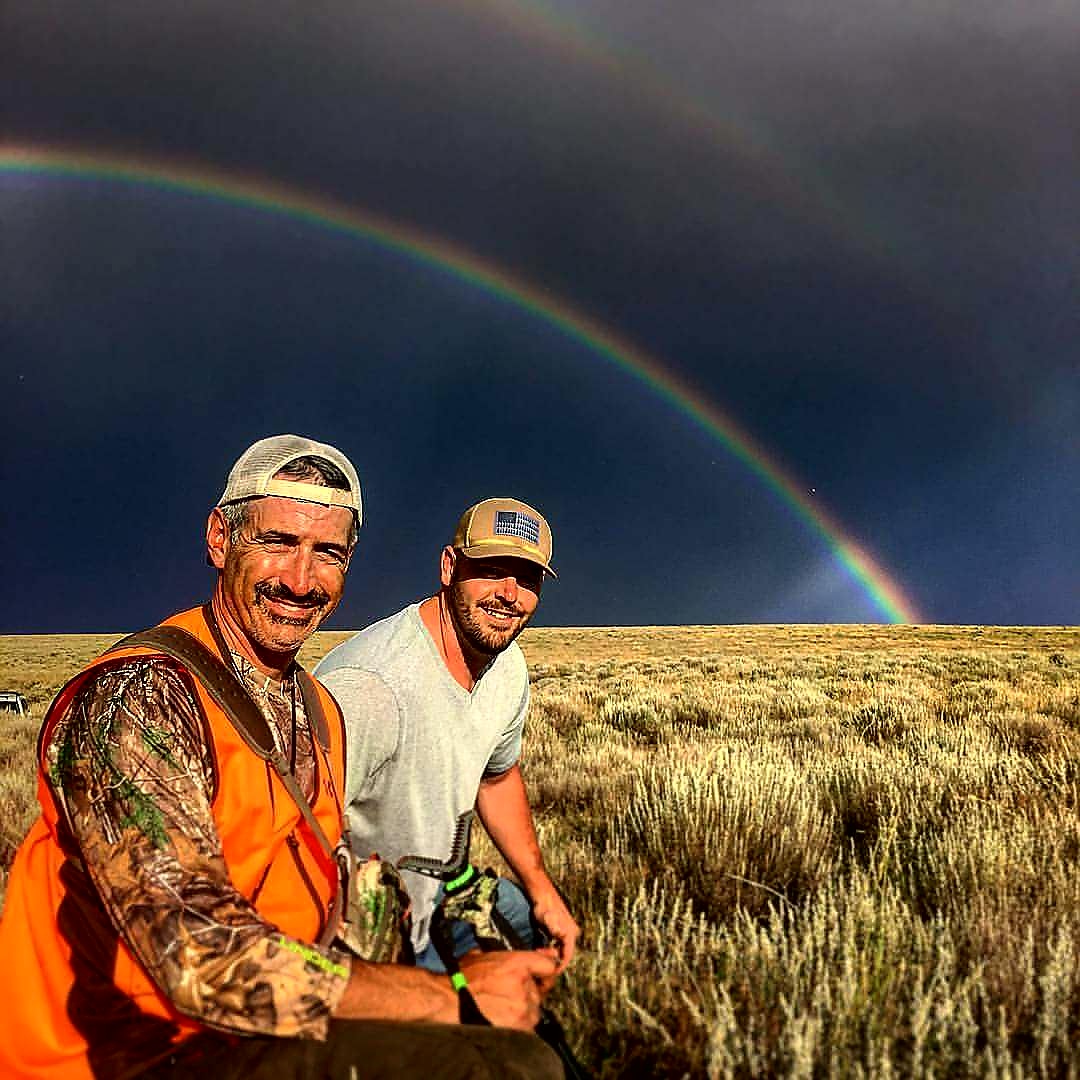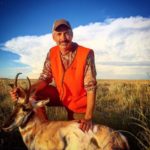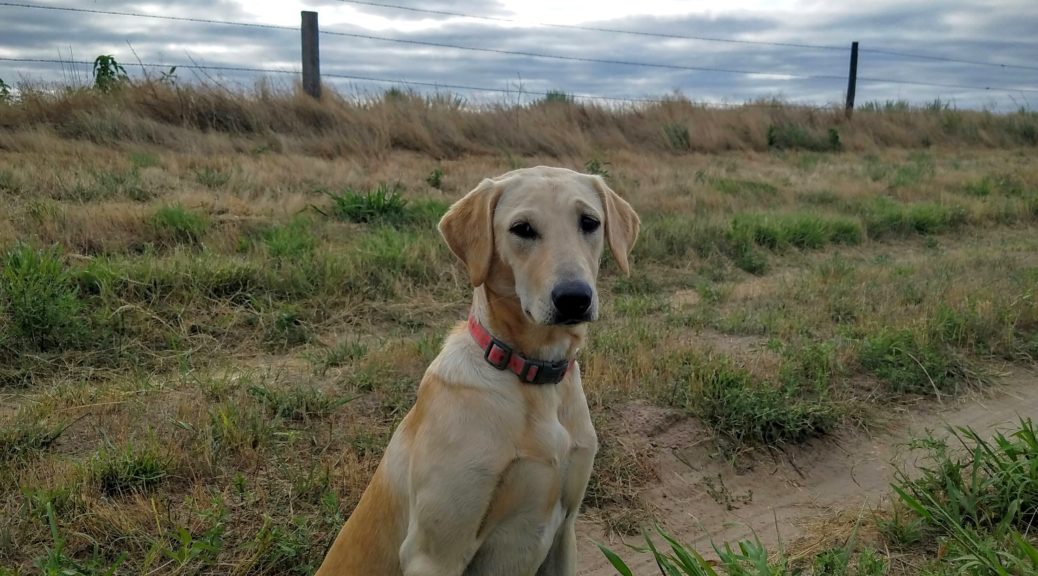I envy hunters that tell me that they shot their first bird with their dad’s supervision at 12 years old. By contrast, I shot my first wild rooster in my early 40s, and did it without any guidance. I remember the overwhelming excitement when I stepped into my first walk-in-area (WIA) on opening day 2011. This was followed by an intense adrenaline rush when my dog Pride stopped in the middle of a CRP field, and a pheasant flushed from the high grass. When he eventually returned the downed bird, I was transformed into an upland addict.
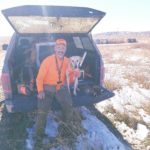
2016 represents my 6th season pursuing wild birds. I now consider myself a quasi-veteran bird hunter. Though the intense emotions associated with each hunt have not changed, my years of experience in the field keeps me focused on the task at hand. While my shooting and gun dog skills need constant refinement, the odds for a successful hunt have improved.
Our annual bird hunt took place at the end of November. Regular precipitation in our region over the last 2 years set the stage for a promising upland season. Echo, my 11-month-old Labrador Retriever, has been through weeks of gun dog training. While she is young, Echo demonstrates all of the signs of a canine ready to do what she was bred to do.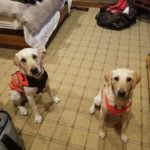
Greg and I drove out to eastern Colorado during the early afternoon on November 14th. The plan was to hunt a few public fields late that afternoon, then slowly migrate to the Lenz Family Farms with the rest of the guys on Friday. The weather in the area was predicted to get nasty. Temperatures would drop from the 50s to the upper 20s, and blizzard-like conditions would provide the first snow of the fall. Echo and her brother, Whitley hunted until dusk. We uncovered more than a few birds, but the snow/wind combination made visibility problematic. To that point, we ended the hunt, and carefully navigated our way to the hotel.
Temperatures Friday morning were in the teens, and the sun glistened off the freshly fallen snow. Greg, Bob, Oneal and I knew that birds would congregate around cover, and should be averse to flying. We made our way to a WIA that Greg identified as a honey-hole years before. As we neared the field, both trucks became lodged in the deep snow drifts covering the two track. We spent 30 minutes trying to dig ourselves out, but could not make any headway. Realizing that it would be a while before Oneal’s buddy could rescue us, the 4 of us walked to the public field just a few hundred yards from our position. 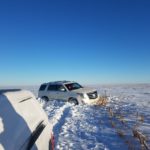
It did not take long before we witnessed birds flushing from the tall plum thickets situated around a cut corn field. In an attempt to flank the fleeing birds, I ran to the southeastern side of the cover. Perhaps that was a tactical error as the birds already emptied into the corn by the time I reached the edge of the field. Greg and Bob took Whitley to the southeast, while Oneal, Echo and I worked our way northwest. Roosters continue to explode from the adjacent shelter-belt, and I continued to miss them. I am certain Echo was not thrilled with my underwhelming performance, yet she continued to hunt with determination. As I neared a fallen juniper, Echo went on point. Excited by her posture, I moved towards her, and a covey of bobwhite quail exploded just 10 feet from me. I selected one bird and fired, but again failed to connect. Dejected but not deterred by my repeated misses, we made our way to the edge of a long, tree-lined draw. Echo was working the bottom when two roosters busted at about 25 yards. Tree limbs obstructed my shooting angle, but I managed to get one clean round off. It was the most difficult shot of the day, and I actually connected! Echo moved with purpose towards the downed bird 30 yards from my position. We made our recovery, and took a moment to reflect on what just occurred. Bob and I continued to uncover birds during the rest of the walk. Unfortunately, we failed to capitalize on the opportunities presented.
Oneal’s buddy, Mark, removed both trucks with his tractor, and we eventually made our way to the next field. The rest of the guys arrived throughout the day. We hunted a bunch of private land, and managed to locate birds in every field. The weekend at the Lenz Family Farms proved to be epic. Pheasants and quail were abundant, and we were able to harvest our share.
My friends and I have done this trip for 5 years. This season marked the first time we were able to witness large numbers of birds thriving in an ideal environment. Hopefully, the weather continues to cooperate, and wildlife habitat preservation remains a priority.
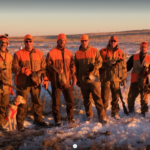
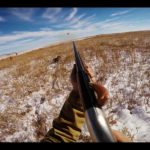
Video Highlights from the 2016 Pradera
Upland Hunt
